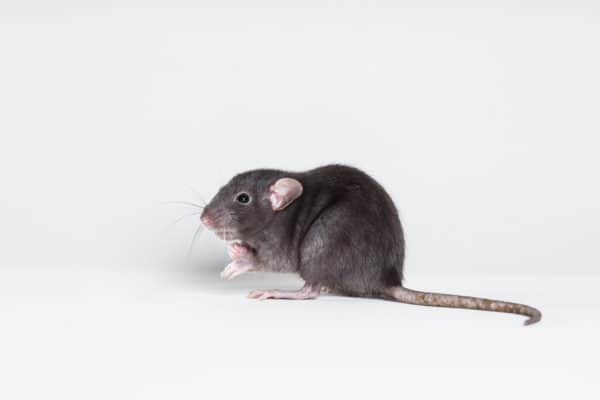roof rats

Roof rats are very common throughout the Coachella Valley. These pests get their name due to their superb climbing abilities – they can scale the sides of your home with surprising ease – and can be easily identified due to their dark brown or black color and impressive 12- to 18-inch length. Roof rats like to feed on grapefruit, lemon, orange, olive, fig, and pomegranate trees and they typically feed at night. They’re a nuisance not only because they can cause property damage but also because they can carry and spread fleas and disease.
Roof rats can be found nesting high up in trees outside. On the other hand, these rodents may be found living in burrows beneath plants, dense vegetation, and woodpiles. Roof rats are often found living and nesting on the higher floors of buildings in regions such as attics, behind walls, above ceilings, and in chimneys. They are also likely to infest basements, places under buildings, and sewers.
Properties that provide roof rats with easy access to food, water, and shelter are more likely to be infested with rodents. Rats are typically drawn to our houses by a variety of factors, such as bird feeders or other wild animal feeders, unsecured trash cans, garden areas, pet food, compost heaps, wood piles, and thick foliage, and locations with standing water.
Roof rats are considered dangerous for a variety of reasons. Roof rats, for example, will munch on whatever they come across. Roof rats, like other rodents, have constantly growing teeth and must chew to keep them; in a household environment, this means they can nibble through and destroy walls, insulation, wiring, pipes, furniture, clothes, books, photos, personal objects, and food items. Their chewing behaviors may also cause fires and water damage inside the building they infest. Rats carry many diseases and bacteria, damaging property and polluting food. Rats create a trail of pee and excrement as they move through houses and other structures, contaminating surfaces. Roof rats are known to spread various bacterial infections to humans, including Salmonellosis, dysentery, and other serious diseases.


